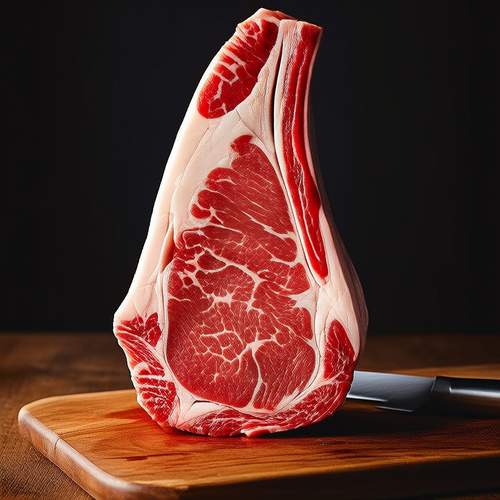
By / May 26, 2025
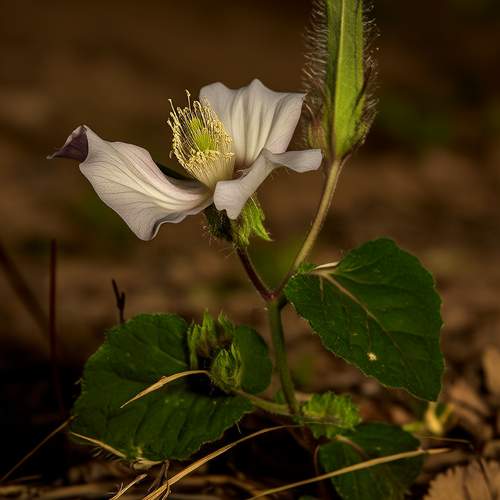
By / May 21, 2025

By / May 21, 2025
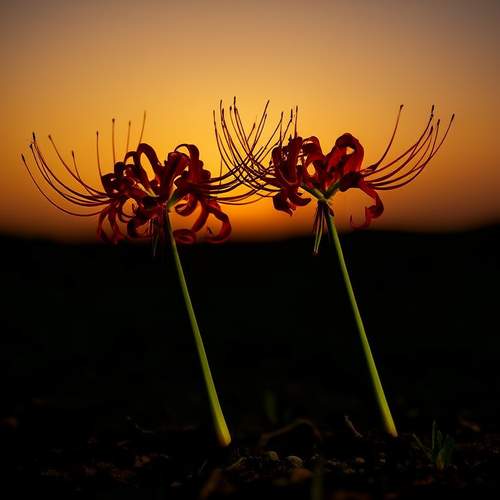
By / May 21, 2025
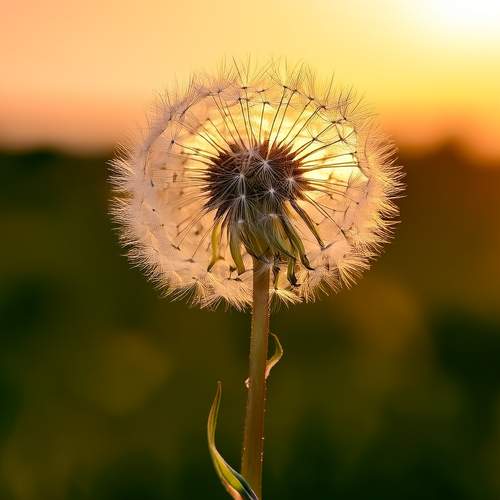
By / May 21, 2025

By / May 21, 2025
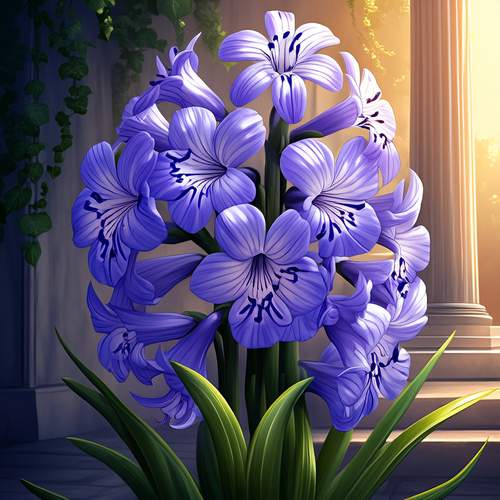
By / May 21, 2025

By / May 21, 2025
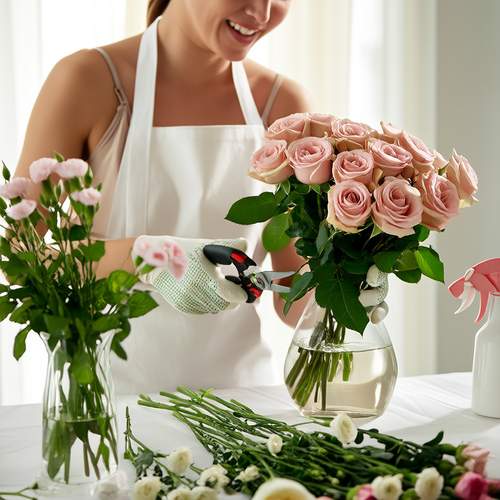
By / May 21, 2025
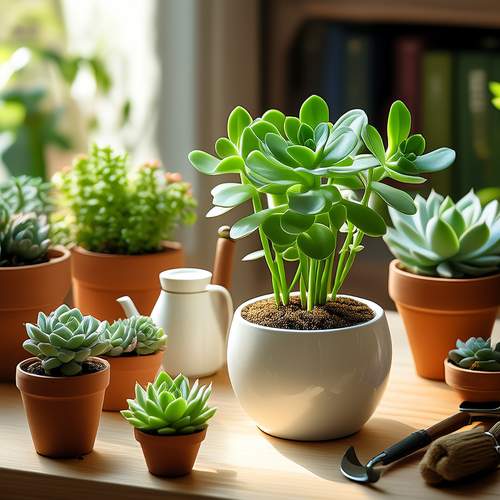
By / May 21, 2025
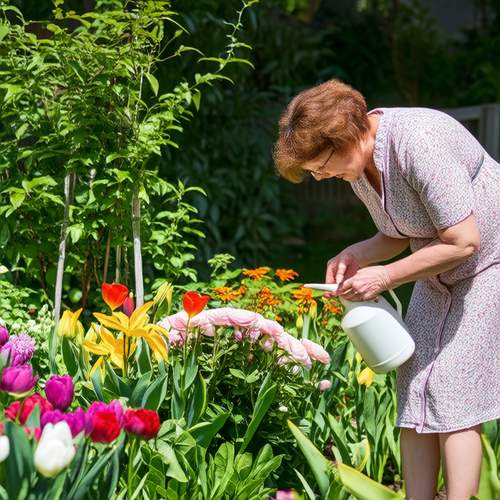
By / May 21, 2025
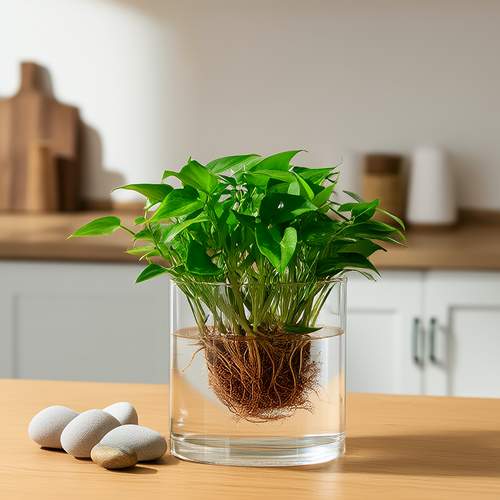
By / May 21, 2025
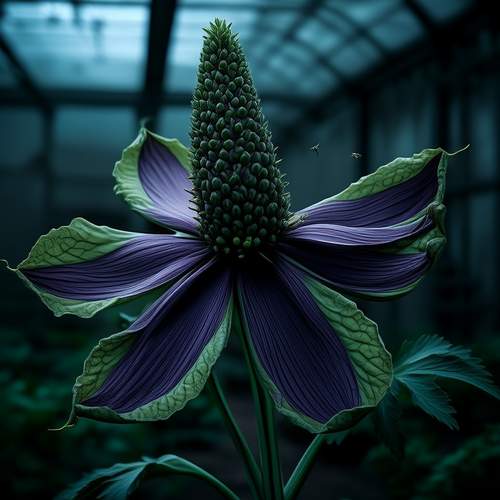
By / May 21, 2025
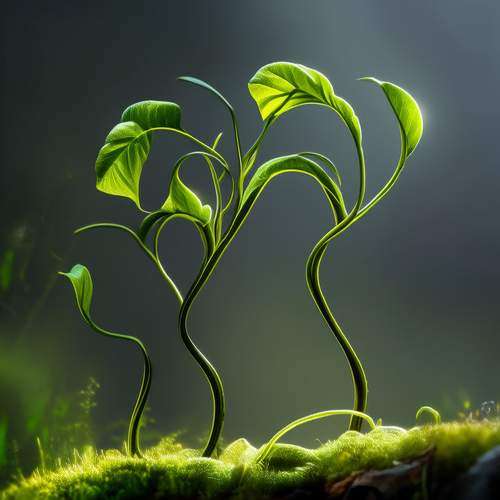
By / May 21, 2025

By / May 21, 2025
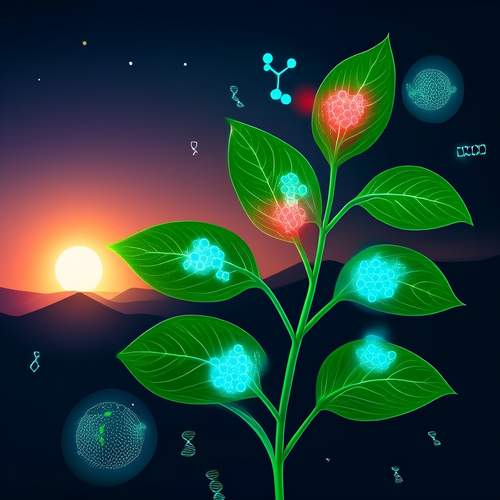
By / May 21, 2025
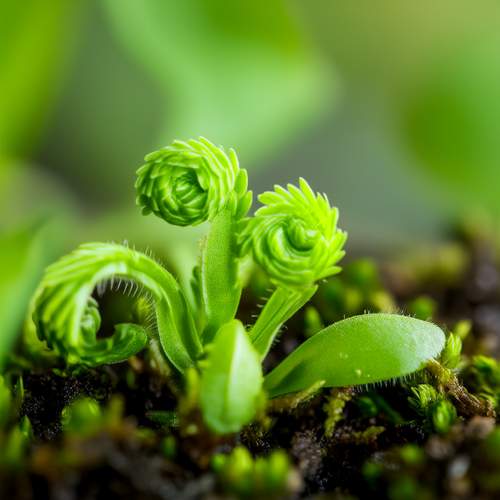
By / May 21, 2025
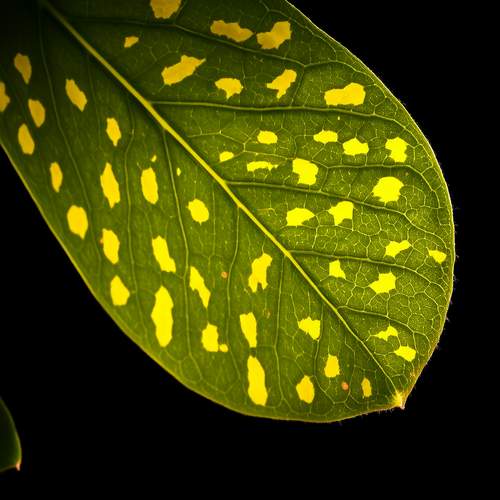
By / May 21, 2025
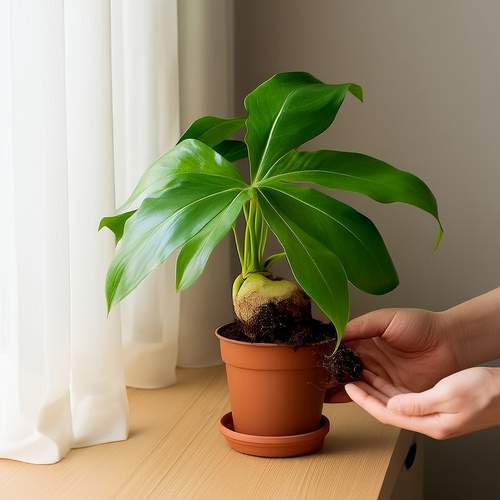
By / May 21, 2025
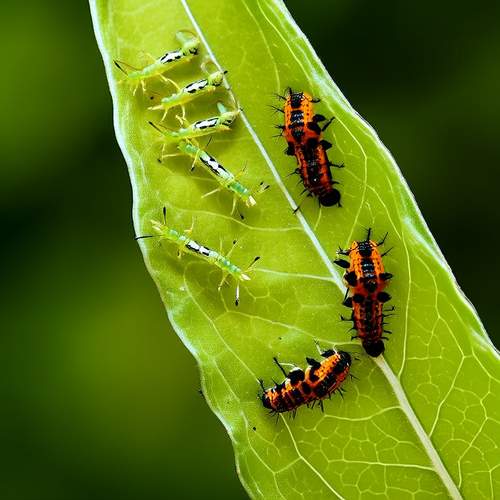
By / May 21, 2025
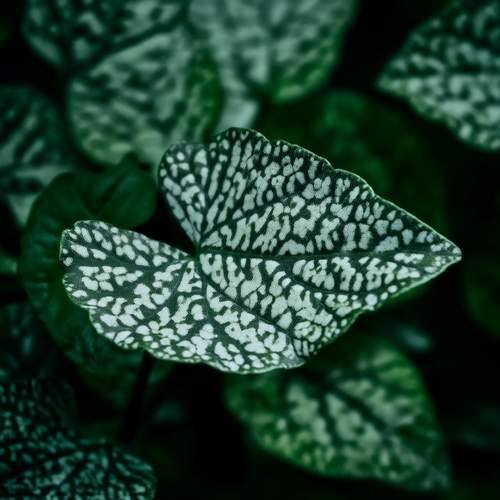
By / May 21, 2025